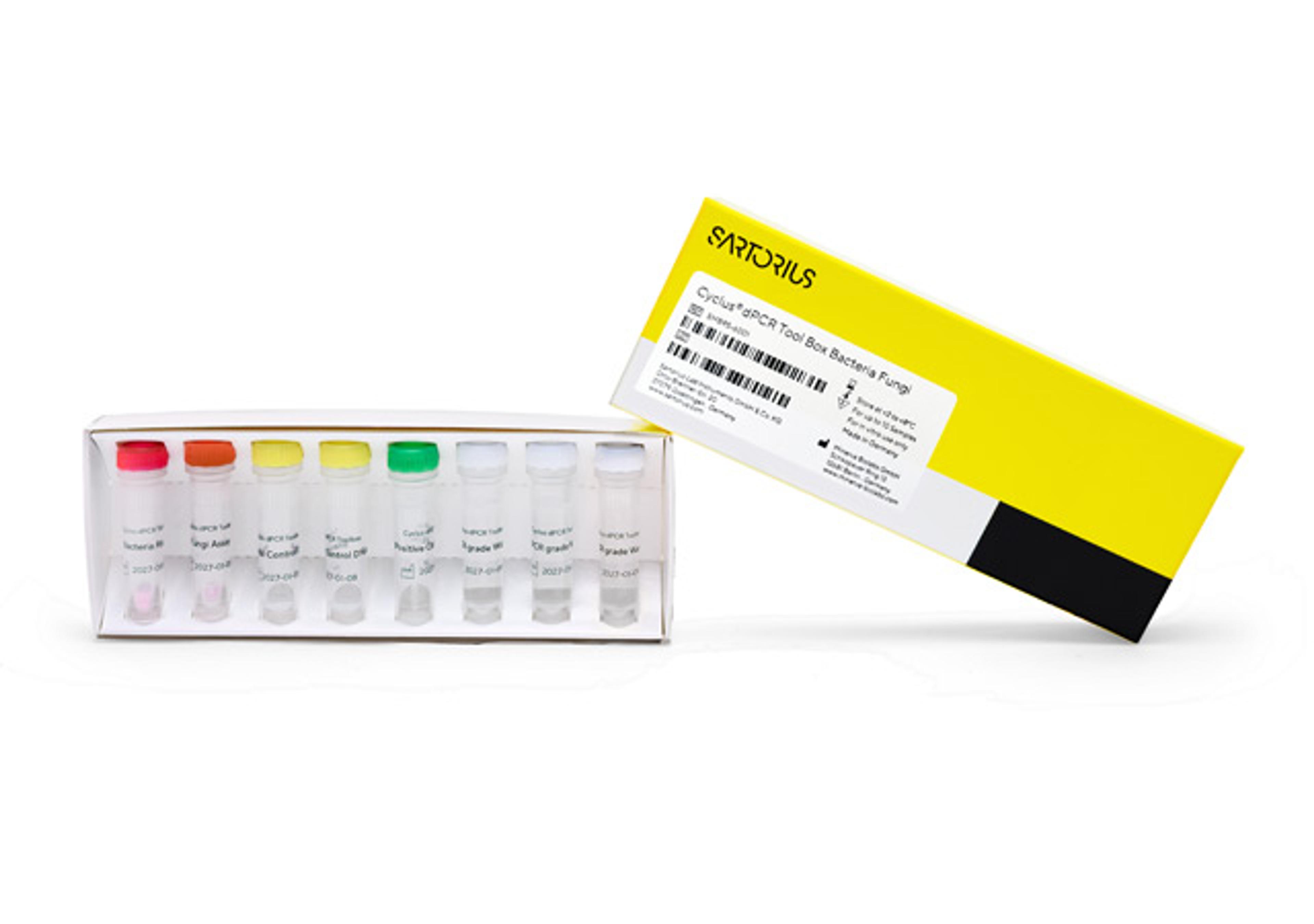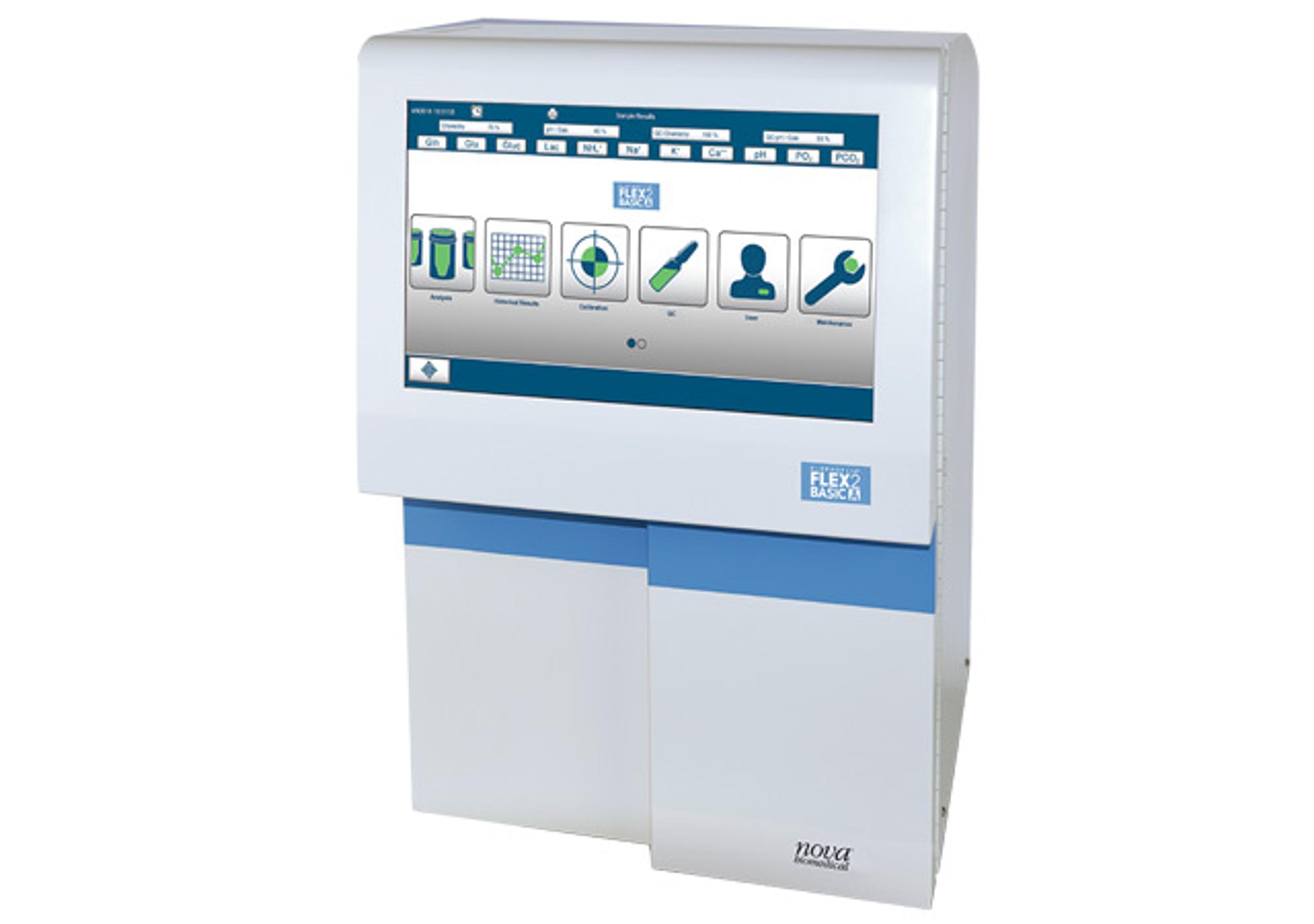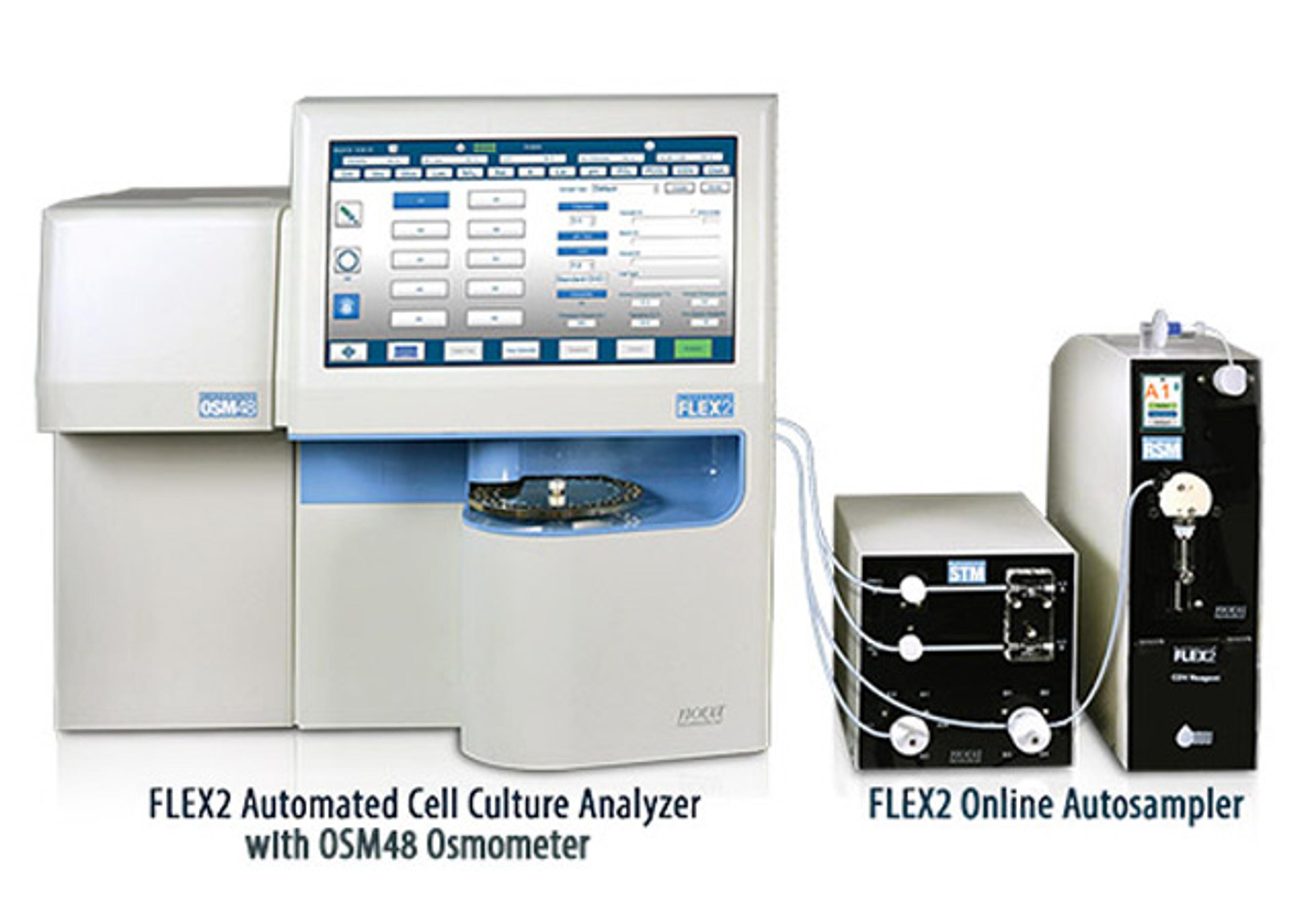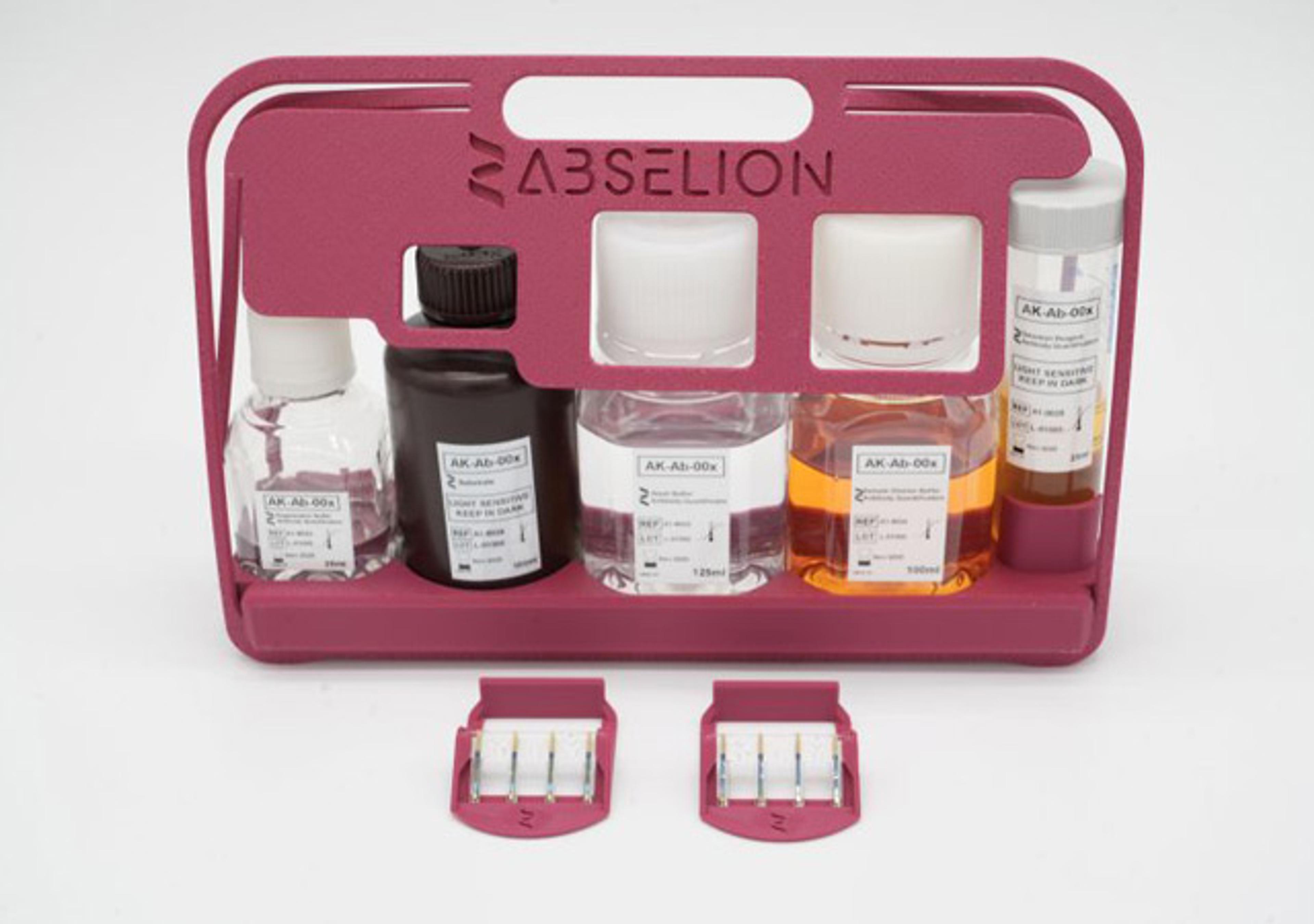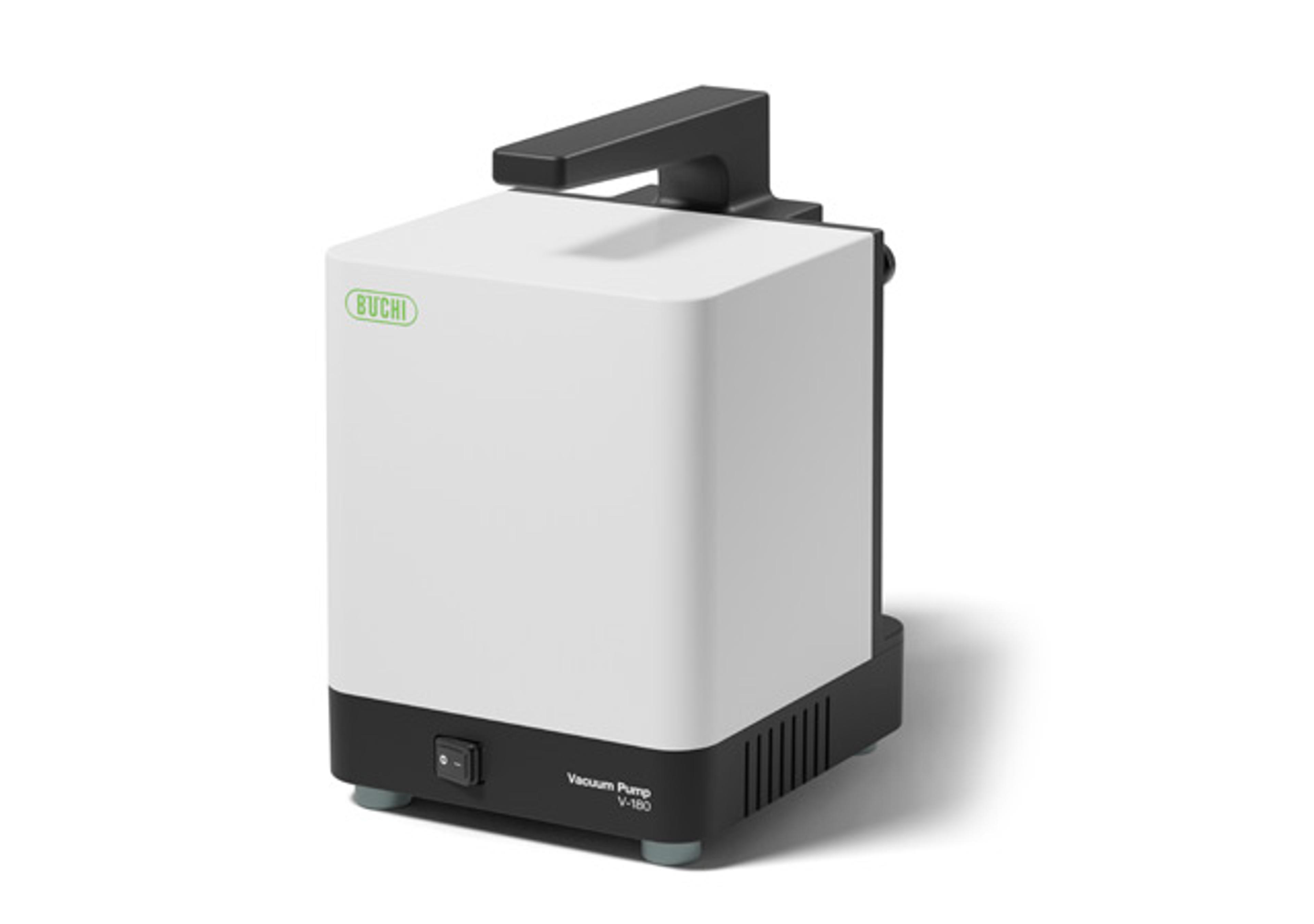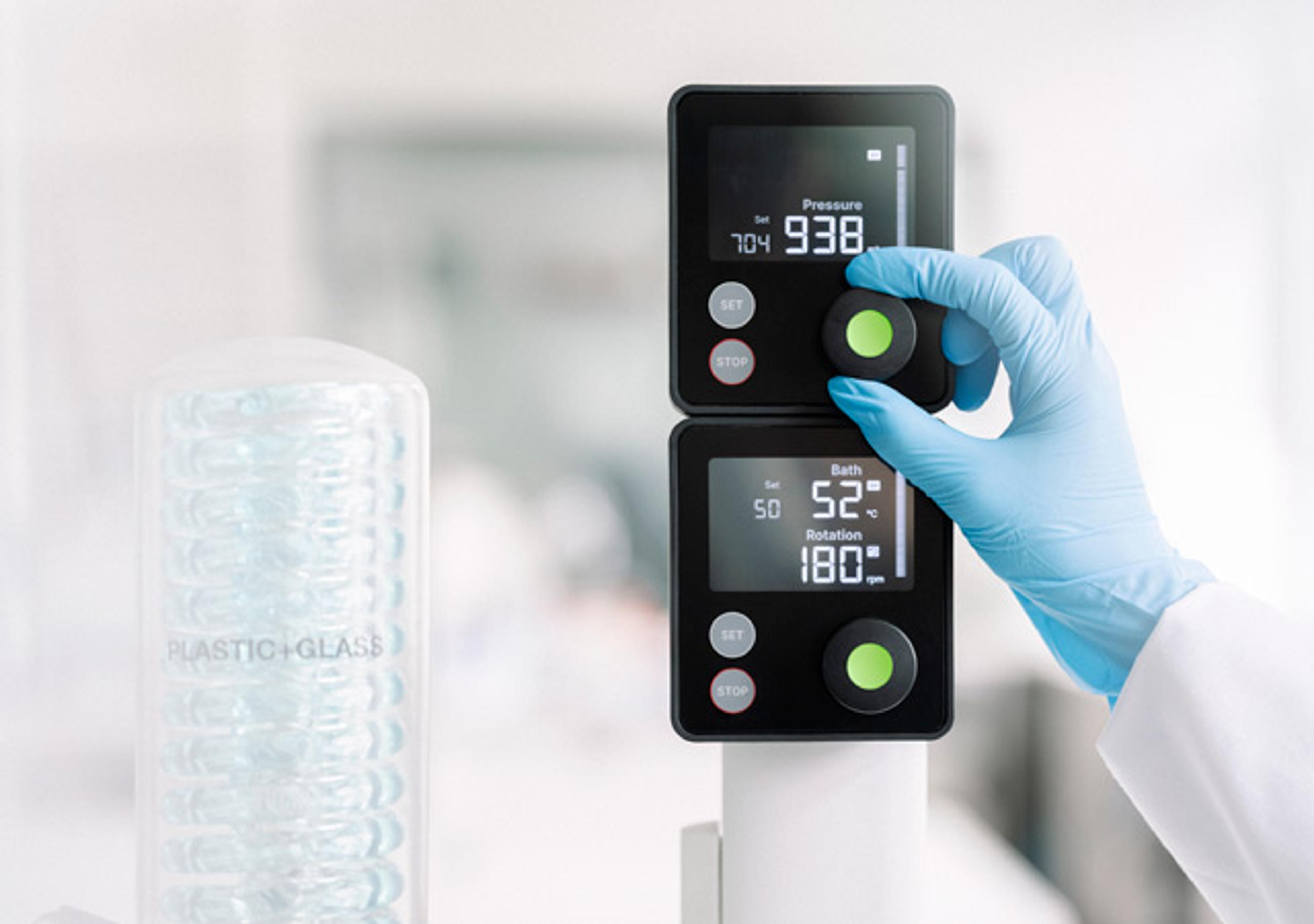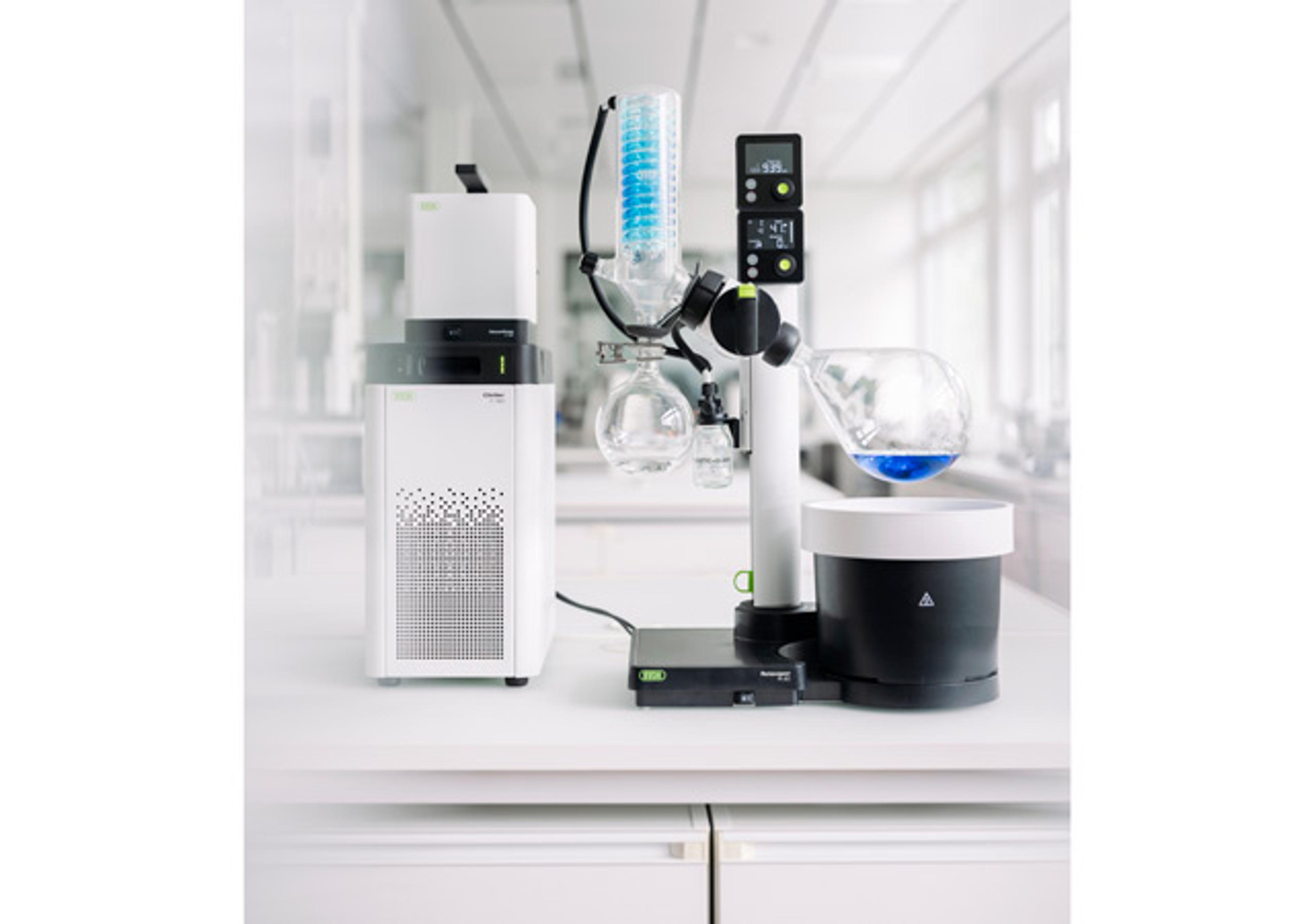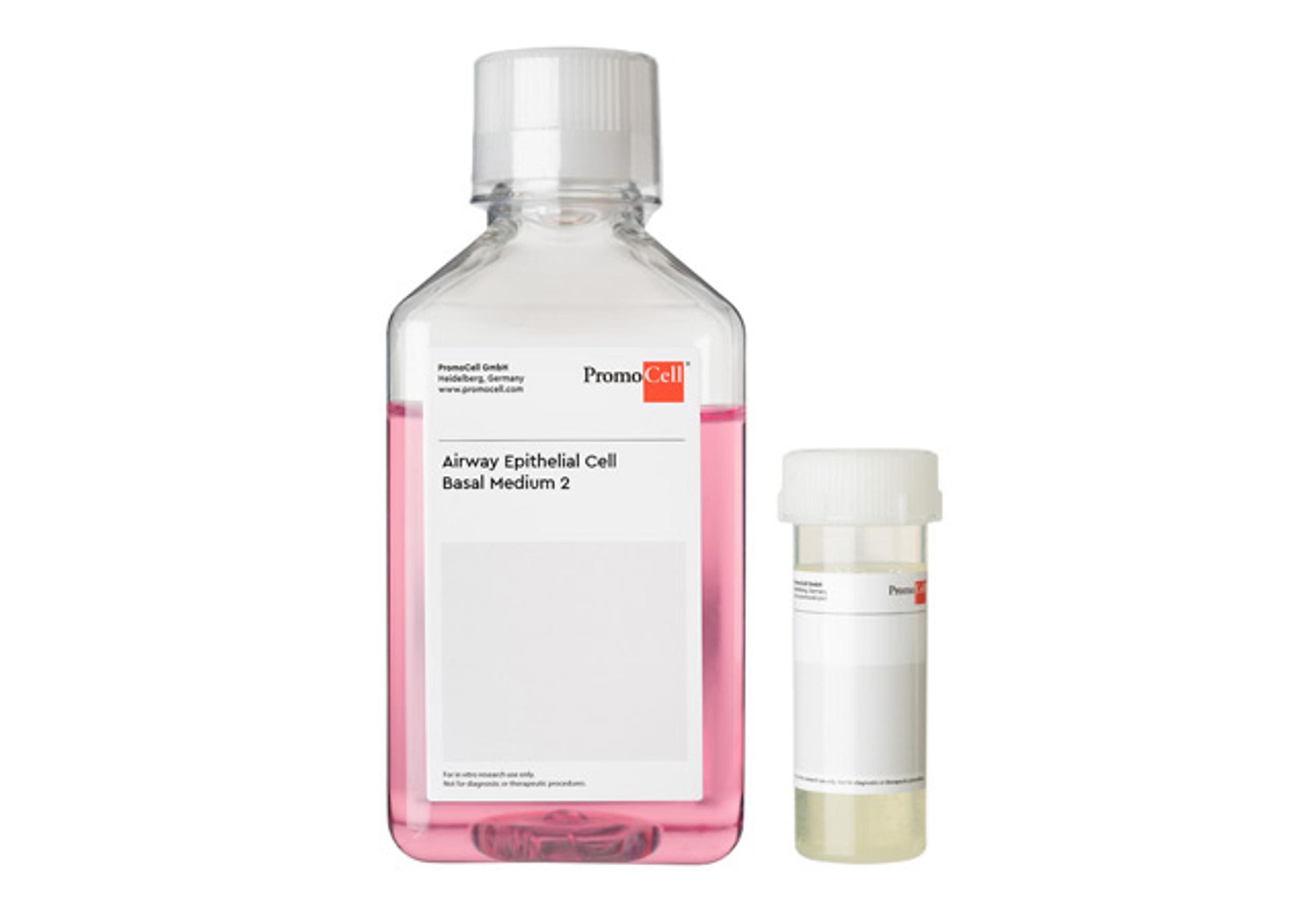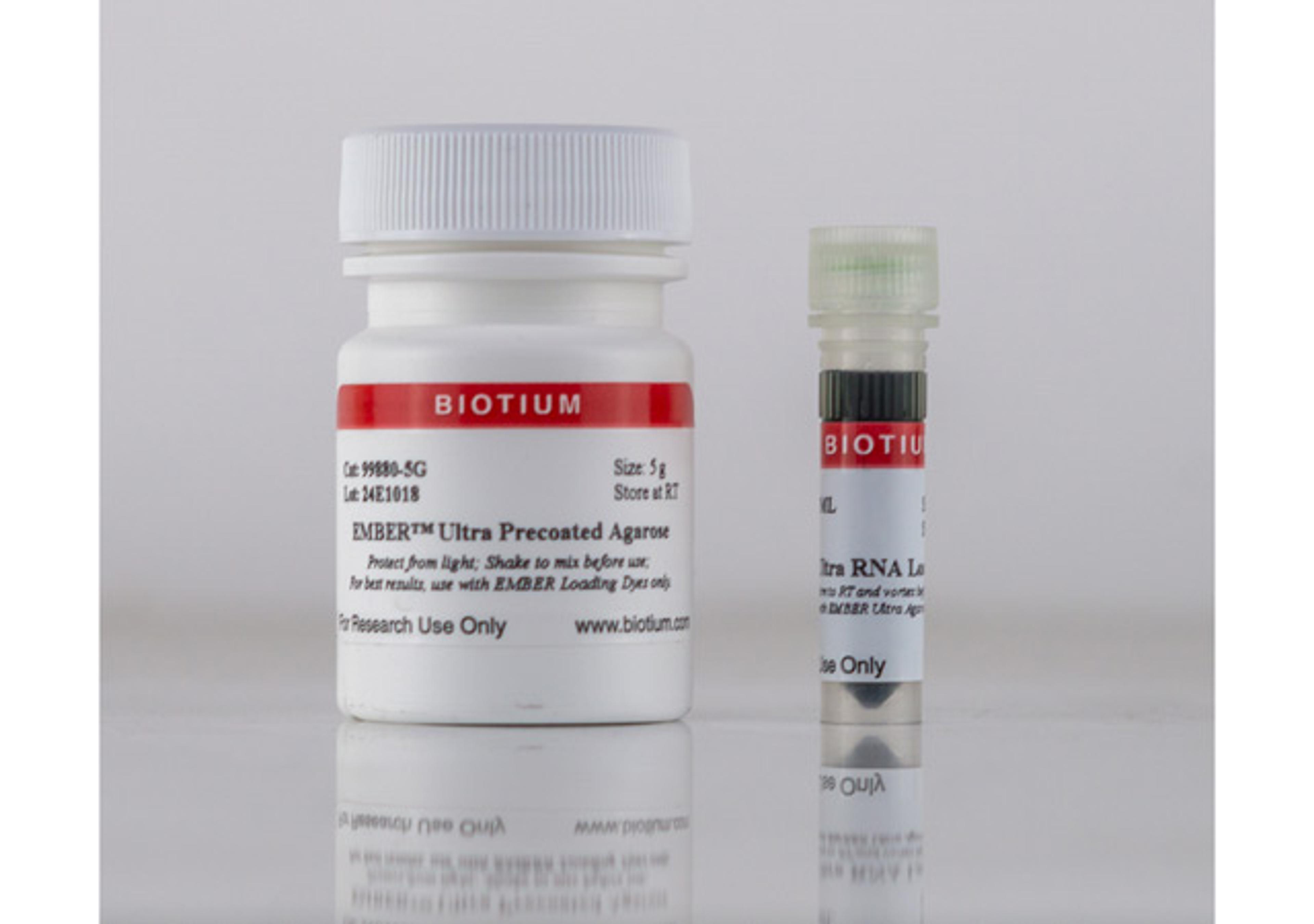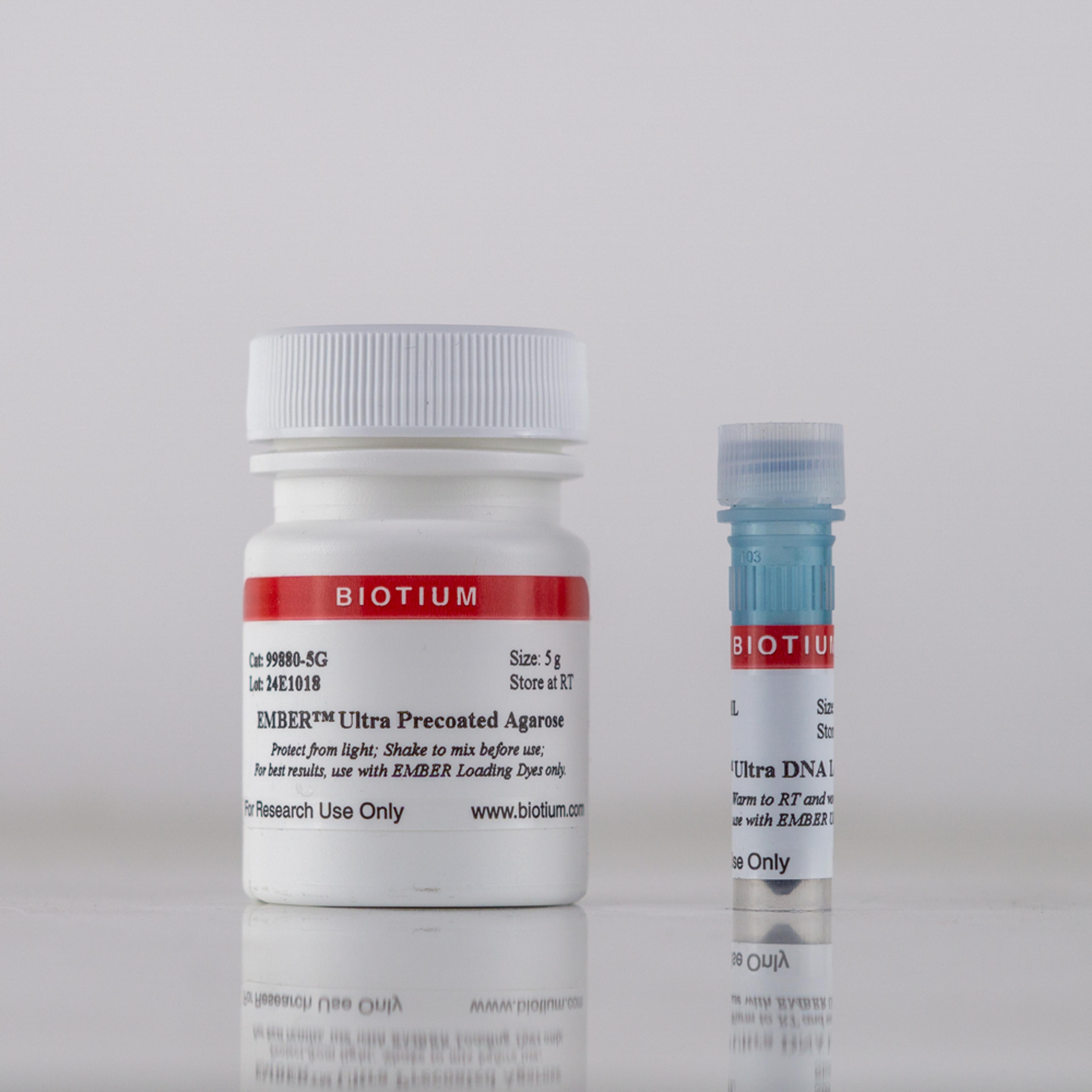ANCA (cANCA) anti-PR3
High Quality Assays with Reproducible and Reliable Results

The supplier does not provide quotations for this product through SelectScience. You can search for similar products in our Product Directory.
c-ANCA (PR 3) ELISA is a test system for the quantitative measurement of IgG class autoantibodies against proteinase 3 (PR3) in human serum or plasma.This product is intended for professional in vitro diagnostic use only.Highly purified proteinase 3 (PR3) is bound to microwells. Antibodies against the coated antigen, if present in diluted patient sample, bind to the respective antigen. Washing of the microwells removes unbound unspecific serum and plasma components. Horseradish peroxidase (HRP) conjugated anti-human antibodies immunologically detect the bound patient antibodies forming a conjugate/antibody/antigen complex. Washing of the microwells removes unbound conjugate. An enzyme substrate in the presence of bound conjugate hydrolyzes to form a blue color. The addition of an acid stops the reaction forming a yellow end-product. The intensity of this yellow color is measured photometrically at 450 nm. The amount of color is directly proportional to the concentration of antibodies present in the original sample. Anti-neutrophil cytoplasmic antibodies (ANCA) represent a group of autoantibodies directed towards cytoplasmic components of the neutrophil granulocytes and monocytes. Theclassical methods for the determination of ANCA are immunofluorescence tests. With these indirect immunofluorescence (IF) techniques two main patterns are distinguished: a cytoplasmic (cANCA) and a perinuclear (pANCA) type. The target antigen for 80-90 % of cANCA is proteinase 3 (PR3), a serine proteinase present in primary granules; 10-20 % of cANCA are directed to other proteins, such as bactericidal permeability-increasing protein (BPI). In rare cases, antibodies to elastase (4 %), lysozym (2 %) or cathepsin G (2 %) may show a cANCA-pattern. cANCA have also been detected in different non-rheumatic diseases. Approximately 90 % of pANCA positive sera contain autoantibodies directed to myeloperoxidase (MPO), which is located in the granules of neutrophil granulocytes. Antibodies to other antigens e.g. Lactoferrin, Elastase, Cathepsin-G and also Lysozyme oftenresult in a similar pANCA pattern. These atypical pANCA occur in collagenosis and related inflammatory rheumatic diseases. Besides, different untypical variants of pANCA IF patterns − granulocyte specific antinuclear antibodies (GS-ANA) − are indistinguishable from pANCA. Therefore, a distinct interpretation and classification of the IF patterns is difficult and every positive IF-ANCA finding should be differentiated by ELISA techniques using the purified single antigens. PR3 and MPO are well defined and reliable serologic markers for a definite group of primary systemic vasculitides (PSV), they are also called ANCA-associated vasculitides (AAV). The incidence is 1 in 1000 in the whole population and nearly 5 in 1000 in the elderly. The clinical appearance of AAV is characterised by manifestations in the kidneys, the lung and the respiratory tract. PR3 is the mostfrequent component of cANCA and the landmark autoantigen in granulomatosis with polyangiitis (GPA, formerly named Wegener’s granulomatosis) with a clinical specificity of more than 95% for the disease. MPO, the main target antigen of pANCA, is present in 70% of patients with microscopic polyangiitis (MPA) and differentiates MPA from other autoimmune diseases. Anti-PR3 and anti-MPO levels correlate with the clinical status; they are high in active disease. Antibody titers decrease under therapy and become undetectable after remission.




